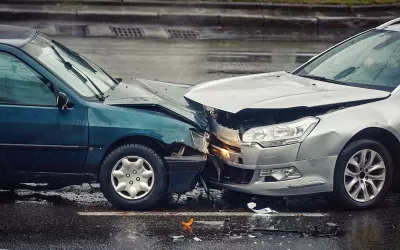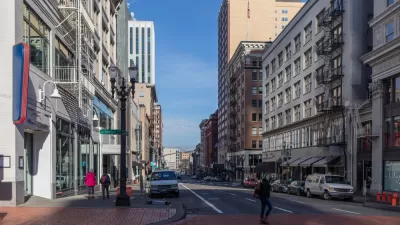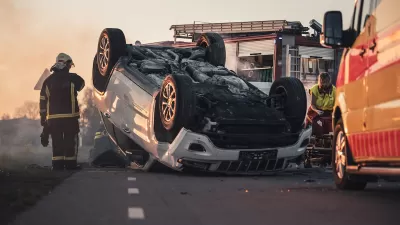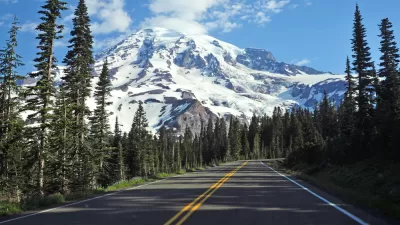Where do the most traffic deaths happen?

An analysis of National Highway Traffic Safety Administration data collected over 18 years reveals trends in where fatal car crashes occur. About a quarter of deadly crashes happen in intersections and are concentrated in under 900 “deadly intersections” where three or more fatal crashes have occurred.
According to an article in Arizona’s Family, “Across all intersections, main arteries — higher-speed road classes including interstates, U.S. and state highways, and county roads — are part of just over 65% of fatal crashes and 57% of deaths, either intersecting with each other or with local roadways.” Main arteries, with their higher speed limits, pose more risk: fatal crashes are more than twice as likely to happen at the intersection of two arteries.
At the state level, Florida “is #1 in fatal crashes at all intersections and at deadly intersections, and it has more than three times as many deadly intersections (257) as the next highest state, Arizona (82).”
FULL STORY: The deadliest intersections in America, according to the National Highway Traffic Safety Administration

Maui's Vacation Rental Debate Turns Ugly
Verbal attacks, misinformation campaigns and fistfights plague a high-stakes debate to convert thousands of vacation rentals into long-term housing.

Planetizen Federal Action Tracker
A weekly monitor of how Trump’s orders and actions are impacting planners and planning in America.

In Urban Planning, AI Prompting Could be the New Design Thinking
Creativity has long been key to great urban design. What if we see AI as our new creative partner?

King County Supportive Housing Program Offers Hope for Unhoused Residents
The county is taking a ‘Housing First’ approach that prioritizes getting people into housing, then offering wraparound supportive services.

Researchers Use AI to Get Clearer Picture of US Housing
Analysts are using artificial intelligence to supercharge their research by allowing them to comb through data faster. Though these AI tools can be error prone, they save time and housing researchers are optimistic about the future.

Making Shared Micromobility More Inclusive
Cities and shared mobility system operators can do more to include people with disabilities in planning and operations, per a new report.
Urban Design for Planners 1: Software Tools
This six-course series explores essential urban design concepts using open source software and equips planners with the tools they need to participate fully in the urban design process.
Planning for Universal Design
Learn the tools for implementing Universal Design in planning regulations.
planning NEXT
Appalachian Highlands Housing Partners
Mpact (founded as Rail~Volution)
City of Camden Redevelopment Agency
City of Astoria
City of Portland
City of Laramie





























